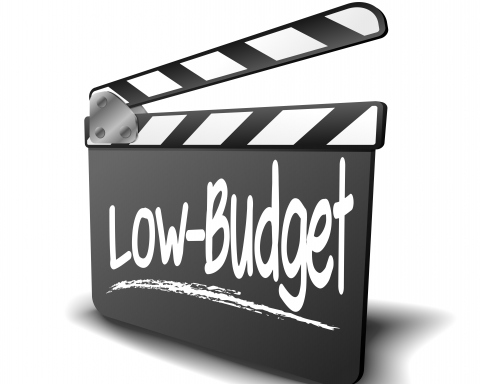3D movies provide good entertainment values, compared to traditional 2D movies. However, producing a 3D content is trickier to do and requires some technical implementations. A basic 3D movie is made using a couple of cameras that is combined in a rig. These cameras will capture a scene from two slightly different perspectives, which can be combined digitally. Using a 3D camera, the audience will see characters and objects in the movie as 3D representations. There are things to consider when making a 3D content. The 3D cameras rig should focus on high quality lenses and digital capture. There should be ultimate flexibility when shooting objects. Some 3D rigs contain more than two cameras that ensure more realistic representation. Regardless of the number of the cameras, it is important to make sure that they are converged, just like the way our eyes look at objects in real life. Each camera could have different width angles to simulate peripheral and primary views of our eyes.
In order to minimize viewer discomfort, make sure that you consider right and left eye sequences. Focus on applying the right orientation, you may need to flip or flop the right and left frames. Color imbalance could happen when you make 3D content. When configuring imaging systems, make sure that gammas, gains and color balance are properly adjusted. You should also check basic geometry to correct errors of camera axis rotation. Zoom lenses can add extra complexity when making 3D films. Our eyes could tolerate errors only for a short time before discomfort start to appear. Uncorrected issues could cause headaches and it’s not a good thing if people are not feeling comfortable watching your content. Imbalanced 3D films could cause vertical disparities, causing our eyes to twist to compensate. There are many factors associated with the creation of 3D film and if you have one factor wrong, it is possible that you will give the audience a headache.
Post production stage of 3D filmmaking can be quite a challenge. Two high resolution data streams need to by synced, so they will appear good enough when watched by the audience. There are many software solutions and toolsets that can help you to integrate data streams from multiple cameras. Screen size is also an issue that you need to consider. The finished product for television screen and big cinema screen is different. This will ensure proper balance of all factors, because unnatural divergence and convergence of viewers’ eyes could cause strain and discomfort. For makers of short movies with small budgets, it is possible to create 3D films. However, filmmakers need to plan well and choose the right tools during the shooting and post productions stages. With proper planning, it is possible that you will have high quality 3D products that are enjoyable for the audience to watch right from the beginning. Today, 3D content has become a common availability and once you master 3D filmmaking process, you may consider moving further to virtual reality production.








